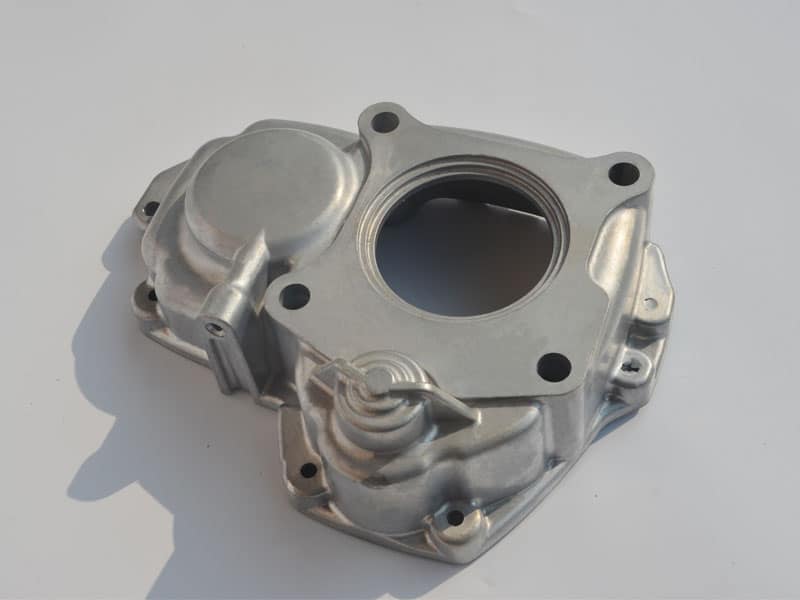High Pressure Die Casting Stainless Steel
High pressure die casting is a manufacturing process that is used to produce metal parts and components with complex shapes and high dimensional accuracy. Stainless steel is a common material used in high pressure die casting due to its strength, durability, and resistance to corrosion.
The process of high pressure die casting stainless steel involves the following steps:
Melting: The stainless steel is melted in a furnace and brought to a precise temperature range.
Injection: The molten metal is injected at high pressure into a die, which is a steel mold that has been designed to produce the desired shape.
Solidification: The molten metal cools and solidifies within the die, taking on the shape of the mold.
Ejection: The part is ejected from the die, either automatically or manually.
High pressure die casting stainless steel can be used to produce a variety of parts and components, including automotive parts, aerospace components, and industrial machinery components. The process can produce parts with excellent surface finish, tight tolerances, and consistent mechanical properties. However, it is a complex and demanding process that requires skilled operators and advanced equipment.
Low Pressure Die Casting Stainless Steel
Low pressure die casting is a casting process that involves injecting molten metal into a mold under low pressure. Stainless steel is a popular material choice for low pressure die casting due to its strength, corrosion resistance, and ability to withstand high temperatures.
In the low pressure die casting process, a metal mold is placed in a chamber and sealed. The chamber is then pressurized with inert gas, which pushes the molten metal up into the mold, filling it up from the bottom to the top. This gentle casting process helps to prevent casting defects and porosity, leading to a high quality, precise finished product.
Stainless steel alloys commonly used in low pressure die casting include austenitic grades such as 304, 316, and 310, as well as martensitic and ferritic grades such as 410 and 430. These alloys are commonly used in industries such as automotive, aerospace, and medical applications due to their high strength, durability, and corrosion resistance.
Investment Die Casting Stainless Steel
Stainless steel investment casting, also known as lost wax casting, is a precision casting process in which a wax pattern is coated with a ceramic material that forms a shell around the pattern. The pattern is then melted out, leaving behind a cavity in the shape of the intended part. Molten stainless steel is then poured into the cavity and allowed to solidify. Once cooled, the ceramic shell is broken away to reveal the completed stainless steel casting.
Stainless steel investment casting offers many advantages over other casting methods, including:
High dimensional accuracy and surface finish
Ability to cast complex shapes and thin walls
No flash or parting lines
Consistent, repeatable quality
Reduced waste materials and lower environmental impact
Wide range of stainless steel alloys available for specific applications
Cost-effective for small to medium quantity production runs.
Stainless steel investment casting is widely used in industries such as aerospace, automotive, defense, medical, and marine, where high-strength and corrosion-resistant parts are needed.
Search terms
stainless steel investment casting
steel aluminum cnc casting
precision cnc machining steel casting customized

